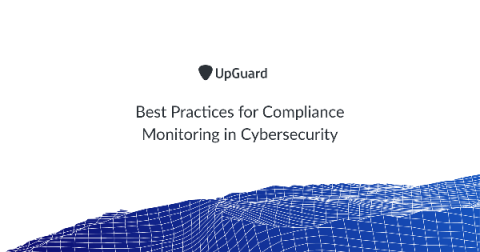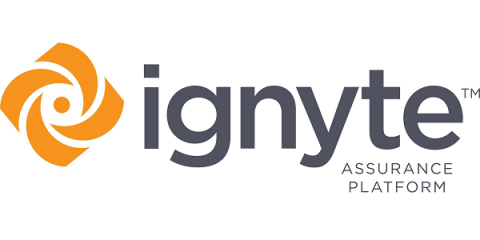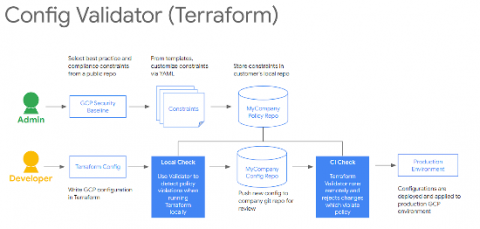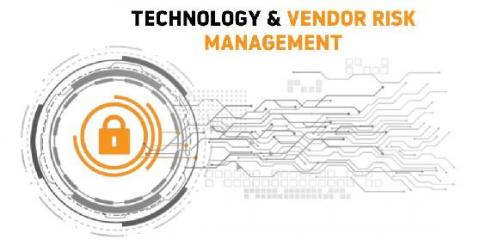COVID-19 Compliance Considerations for Remote Employees
If the coronavirus disease (COVID-19) pandemic has caused your enterprise to make a sudden, rapid switch from an on-premises-centered business model to a diverse, dispersed network of ad-hoc home offices, you may have let security and privacy measures slide a bit.








